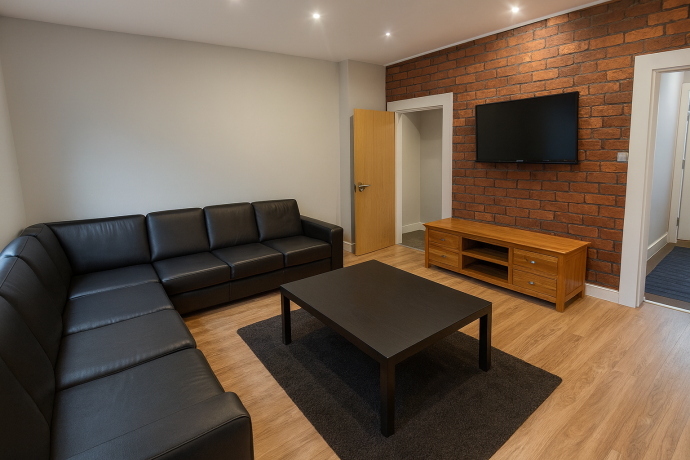
The idea of working or studying from home has always been something of a dream for many people, but now that so many of us are forced to live this dream, a lot of us are realising it can be actually be something of a nightmare!
Constant distractions mixed with low motivation levels can make working and studying from home a lot more difficult than it seems. Without the usual routine to get us into the right frame of mind, it is easy to let the days drift away from us without achieving what we set out to.
The key to making the most of the situation is to create your own routine. Create one that has clear time constraints and objectives. Here we lay out the best way to implement and adhere to a daily routine that ensures you are as productive at home.
1. Get Up Early
It will be tempting to enjoy a few extra lie-ins during a week or several, but that will set a bad tone that can snowball into a general lethargy that takes a serious toll on your daily productivity. So set an alarm for every day you would usually set an alarm and make sure you get up at that time.
You may also be tempted to set the alarm later than usual, probably because you no longer have to factor in your commute. However, you should use the time you would usually spend commuting to undertake some activities that will get you into the right frame of mind.
2. Get Up with a Purpose
Getting in the right frame of mind means getting up with a purpose. You should begin by having a glass of water and a good stretch at least, though this time is also ideal for a yoga session or energising exercise such as some high-intensity interval training (HIIT). Get your blood flowing and energy levels up and the day's tasks will seem much less daunting.
Another good activity at this early time before actually starting work is reading a book, perhaps over a morning tea or coffee. Whatever you do, try to avoid social media and checking the news until you have completed all of the above.
Create a routine that has clear time constraints and objectives.
3. Look the Part
A good trick to help you focus your mind as you would at work or university is to get dressed as if you were indeed going about your normal day. It is perhaps not necessary to wear shoes as slippers will be fine indoors, but if you find it helps then go ahead.
This is something of a brain hack which people who complete work at home regularly have known about for years. What we wear is known to have a psychological effect on our behaviour so make sure the effect your clothes have is one of putting you in the right frame of mind.
4. Devise a Meal Plan
Considering that you won't be moving about as much as you normally would. Therefore, you should reduce the size of the portions you eat and try to nibble only on healthy snacks. Plan out your meals for the week so your hunger doesn't become a distraction that requires you diverting too much of your focus away you're your tasks.
To maintain the right balance, always eat at around the same time every day. Also make sure you are drinking enough water to keep your body rehydrated to keep your energy levels up.
5. Use a Dedicated Workstation
Try to keep your work life and home life separate by setting-up a dedicated workstation in a separate room if possible. If a separate room isn't possible, then position your desk or table facing away from distractions in the home, preferably in front of a window for the natural light and the view outside your home.
You can also research some free habit tracker apps to monitor your routine, with some options helping you devise the routine itself. There are also workout apps to ensure you are getting enough exercise throughout each week.
6. Don't Forget Your Breaks
We take breaks at university and at work so you should take breaks at home too. Either leave the room you are working in or get up from your desk and go somewhere else for a while, even if it is just to prep a meal, tidy something up or head into the garden or step outside the front door for some fresh air.
Set yourself specific times and durations for your breaks, and make sure you take a moment for yourself to breathe and relax.
Following the above steps should really help, but most of all it's important to stay safe!















